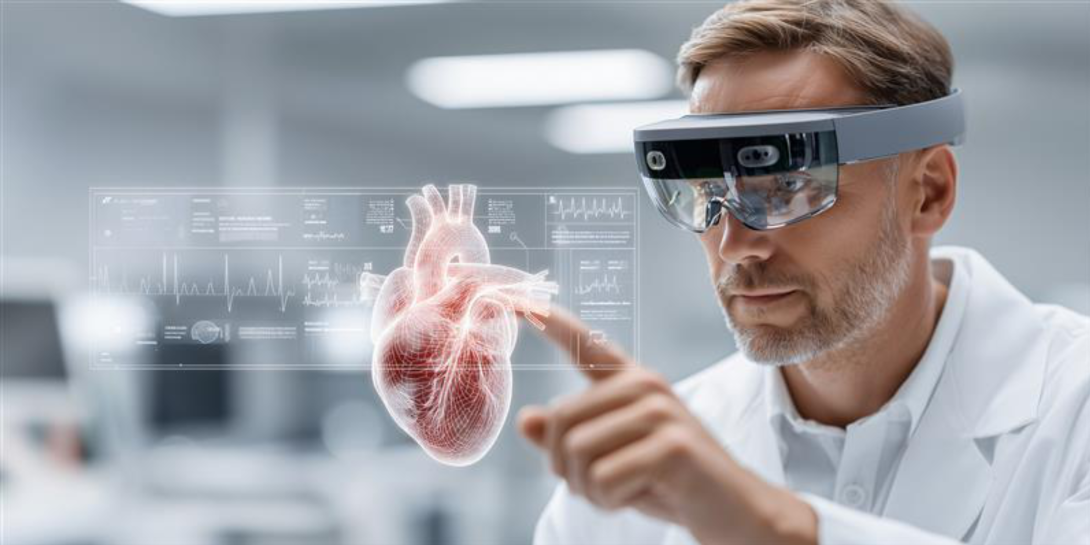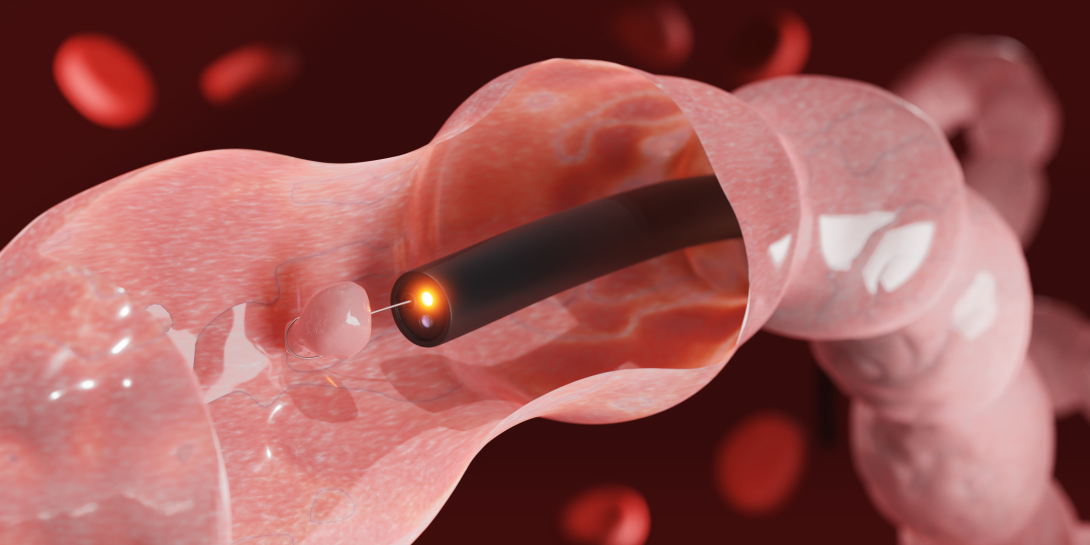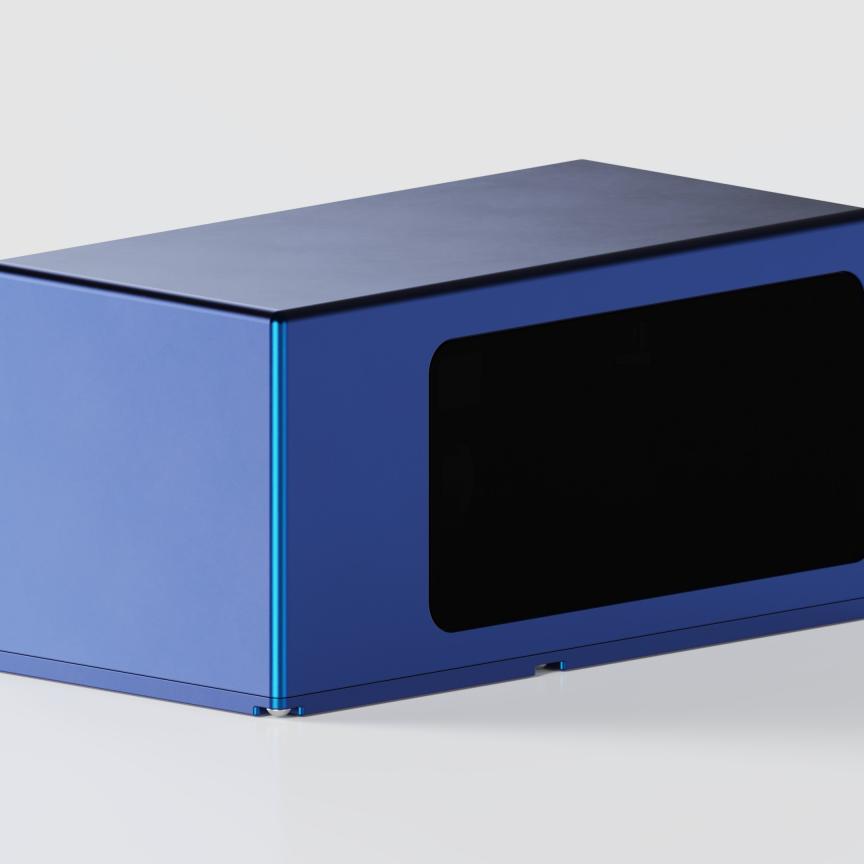Gernot Blobel of Ansys, part of Synopsys takes a closer look at miniaturised optics, highlighting the growing reach of optical MEMS in medicine and mobility, and the importance of simulation-led development.
Electro Optics: How relevant is the development of miniaturised optics and optical MEMs to innovation in the tech sector?
Gernot Blobel: The development of miniaturised optics and optical MEMS (Micro-Electro-Mechanical Systems) is highly relevant in today's technology landscape. They enhance camera performance in smartphones and are essential for augmented and virtual reality systems. In telecommunications, these advancements improve data transmission efficiency over fibre optics.
Additionally, they play a crucial role in medical diagnostics, autonomous vehicles and industrial manufacturing processes. Overall, miniaturised optics contribute to innovation, energy efficiency and the expansion of new applications across various sectors. Ansys Optics empowers engineers to innovate with powerful simulation tools for precise, reliable and scalable miniaturised designs.
EO: What makes these components well suited to compact, high-performance systems?
GB: Miniaturised optics and optical MEMS enhance medical imaging by providing high precision and accuracy in compact, portable devices. Their low power consumption is ideal for battery-operated systems, while rapid response times enable real-time imaging adjustments.
In automotive HUDs, these components allow for sleek designs without compromising performance. The systems project high-definition images with minimal latency using RGB laser diodes, offering advantages over traditional LCD and DLP technologies. Key benefits include a compact design, power efficiency by illuminating only necessary pixels, high precision with clear imagery, and the ability to provide real-time updates. Overall, laser-scanned MEMS technology is positioned as the future of HUDs in modern vehicles.

AR Glasses in healthcare (Image: Synopsys)
EO: Where are optical MEMs making the biggest impact in the medical sector?
GB: Optical MEMS are significantly impacting the medical sector by improving diagnostic imaging and endoscopy through enhanced resolution in Optical Coherence Tomography (OCT), used in disciplines like ophthalmology or oncology, helping the early diagnosis of diseases such as glaucoma or skin cancer, and confocal microscopy for in vivo cellular-level imaging.
In endoscopy, MEMS components such as scanning mirrors are of great advantage due to their small size, high scanning speeds and high resolution potential, thus enabling minimally invasive, high-resolution imaging of internal organs. Additionally, MEMS technology can also enhance surgical tools by providing precision in robotic surgery and smart instruments for image-guided surgeries, while also enabling continuous health monitoring through wearable optical sensors.
EO: What are the main challenges developing miniaturised components for medical use?
GB: Developing miniaturised medical components involves several challenges, including ensuring precision and reliability at micro-scale as well as signal and data transmission (ensuring low noise and good transmission in biological environments can be difficult due to tissue absorption and movement, etc.).
Integration with existing systems and maintaining durability and reliability are critical, along with navigating complex regulatory compliance. Additionally, balancing cost and scalability, managing power supply and thermal issues, and designing user-friendly interfaces are essential for successful implementation.

AR glasses in healthcare (Image: Synopsys)
EO: How does Synopsys support the design of wearable diagnostic tools?
GB: Synopsys supports the design of wearable diagnostic tools through advanced simulation and modelling capabilities, including finite element analysis (FEA), computational fluid dynamics (CFD) and electromagnetic analysis. Ansys Optics addresses key challenges in the miniaturisation of optics, including managing optical aberrations, optimising performance in limited space and mitigating thermal and mechanical stresses that can affect reliability.
The software’s powerful multiphysics simulation capabilities enable engineers to analyse and solve these issues early in the design process, reducing prototyping costs and ensuring robust, high-performing miniaturised systems. Additionally, Synopsys facilitates rapid prototyping and integrates with IoT technologies, enhancing the functionality and effectiveness of the miniaturised devices.
EO: And what about the automotive sector? What benefits do optical MEMs bring and which are the standout applications?
GB: Optical MEMS (Micro-Electro-Mechanical Systems) provide significant benefits in the automotive sector, including miniaturisation, high sensitivity, low power consumption, robustness and cost-effectiveness. Standout applications include lidar systems for autonomous vehicles, adaptive headlight systems, optical sensors, advanced display technologies, and enhanced camera systems. These innovations contribute to improved safety, efficiency and user experience in modern vehicles.

MEMs allow for sleeker designs in automotive heads-up displays (Image: Synopsys)
EO: What are some of the challenges when miniaturising HUD components?
GB: Miniaturising heads-up display (HUD) components presents several challenges, including:
- Size and space constraints: maintaining performance while reducing component size.
- Optical performance: ensuring high resolution and a wide field of view.
- Light management: achieving brightness and minimised reflection and distortion.
- Thermal management: effectively dissipating heat in compact designs.
- Power consumption: reducing energy requirements for battery-operated devices.
- Material limitations: finding durable, lightweight materials with optical clarity.
- User interaction: ensuring ergonomic design for comfort and usability.
- Manufacturing challenges: balancing precision engineering with cost-effectiveness.
EO: How ubiquitous is AR / ADAS-enabled HUD technology becoming in new car models, and where is it on its developmental journey?
GB: AR and ADAS-enabled HUD technology is rapidly gaining popularity in new car models, with major automakers – such as VW, Mercedes, BMW and Hyundai – integrating it into both high-end and mid-range vehicles. The technology advancements and integration of AR into HUDs has improved significantly, utilising better optics, digital displays and sensor technologies. This results in clearer images and more interactive features. The market is expected to grow significantly, driven by consumer demand for advanced features that enhance safety and convenience.

Endoscope (Image: Synopsys)
EO: How important is simulation in helping automotive companies balance cost, reliability and performance when designing MEMs-enabled HUDs?
GB: Simulation is vital in designing MEMS-enabled heads-up displays (HUDs) as it helps balance cost, reliability and performance. Costs are reduced through virtual prototyping and performance is optimised by modelling various MEMS component behaviours.
Reliability is enhanced by predicting potential failure modes, while design iteration becomes more efficient with rapid adjustments based on simulation feedback. Overall, simulation enables informed decision-making that enhances the effectiveness of HUDs before manufacturing.
EO: What are the emerging materials and capabilities that could drive further miniaturisation and performance?
GB: Future advances in materials science, manufacturing and AI integration are expected to lead to further miniaturisation and performance improvements in augmented reality (AR) head-up displays (HUDs) and medical imaging devices. Specifically, micro-LEDs, meta surfaces and advanced optics will enable smaller, more powerful AR displays, while AI-powered diagnostics and robotics will revolutionise medical device capabilities and minimally invasive procedures.


